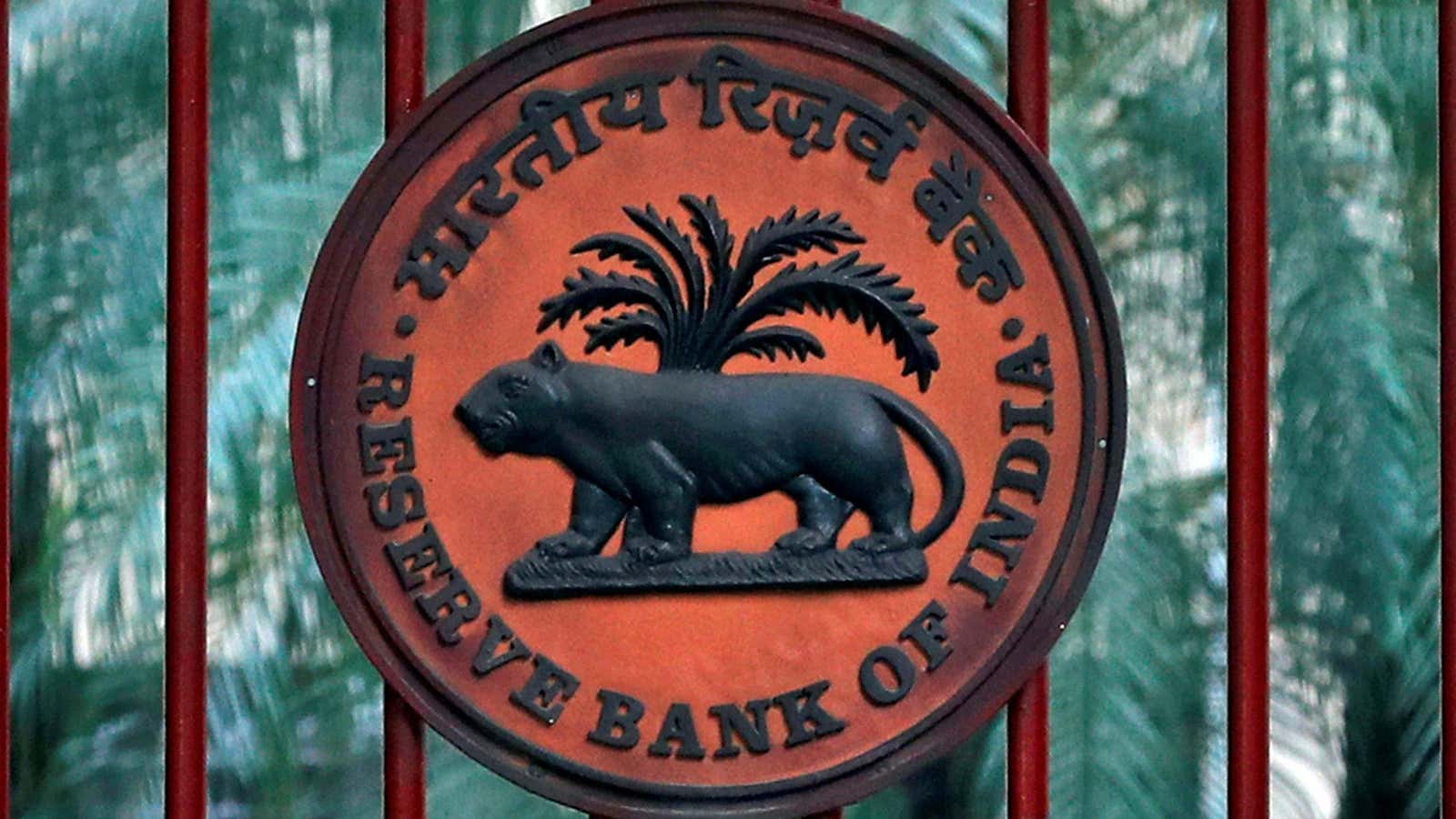A day after Urjit Patel abruptly resigned as governor of the Reserve Bank of India (RBI), the Narendra Modi government has found a replacement.
Shaktikanta Das, a retired bureaucrat has been appointed the new chief of India’s central bank for a period of three years.
Das served as economic affairs secretary under the Modi government from 2015 to 2017. More recently, he was a member of the finance commission of India and appeared as one of the government’s representatives at the G-20 summits.
He played a key role in the controversial demonetisation exercise in November 2016 when the Narendra Modi government rendered two high-value currency notes as illegal overnight. These notes accounted for 86% of the money in circulation and the move sparked an acute cash crunch that had a debilitating effect on the Indian economy. While several experts criticised the move, Das was among those who strongly backed the massive disruption.
The Modi government was at one point reportedly considering him to be the head of stock market regulator, Securities and Exchange Board of India.
However, he is reported to have a good relationship with the Congress, India’s largest opposition party, too. Working under former finance minister P Chidambaram during the Congress-led United Progressive Alliance reign, Das was referred to as “Chidambaram’s man.”
His appointment now comes after Patel resigned as the 24th governor of the RBI yesterday (Dec. 10) citing “personal reasons.” Patel’s departure followed months of friction between the banking regulator and the government over the former’s autonomy.
For the Modi government now, having a close aide at RBI’s helm may go a long way in ironing out the wrinkles. However, it could also potentially undermine the autonomy and credibility of India’s central bank.
